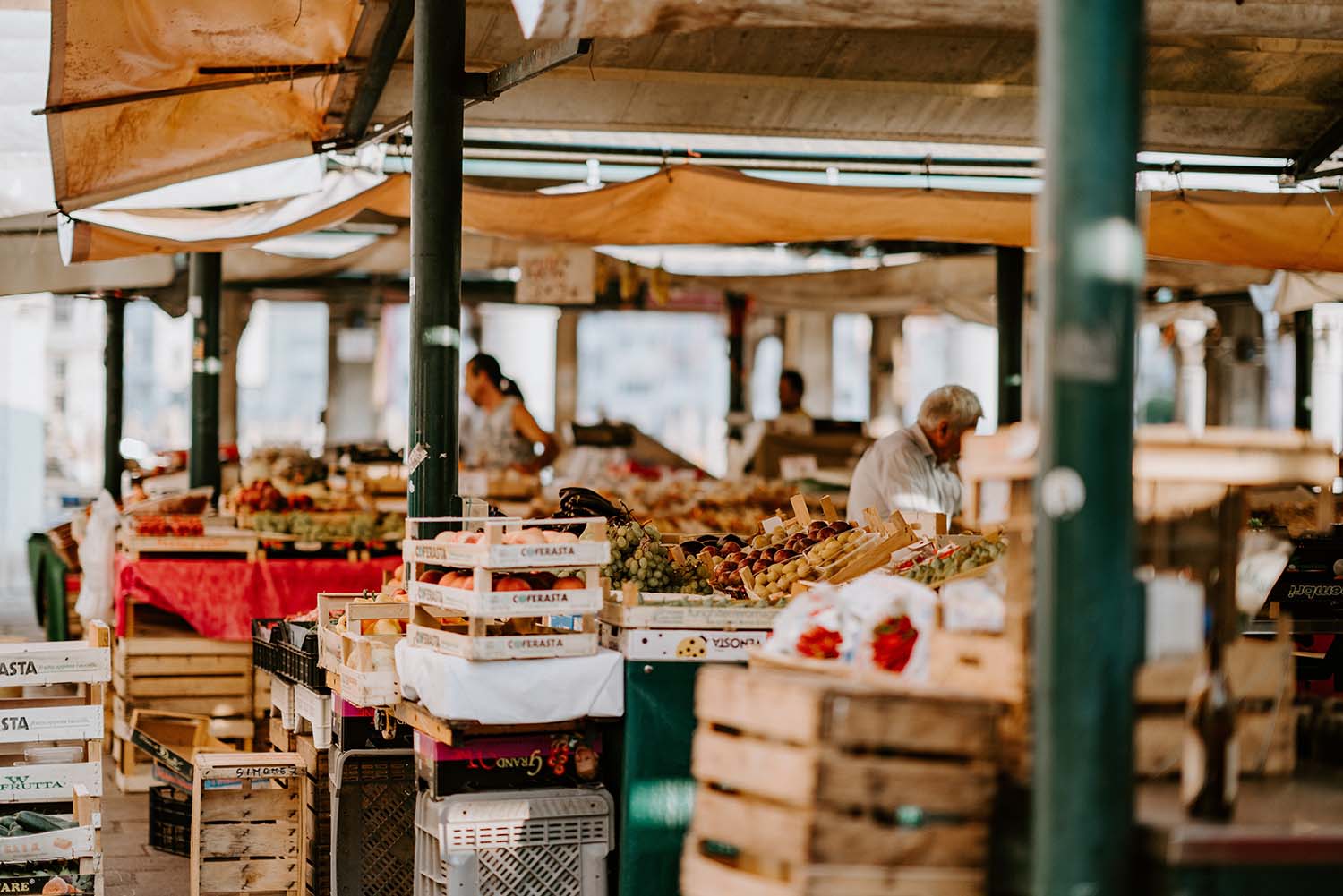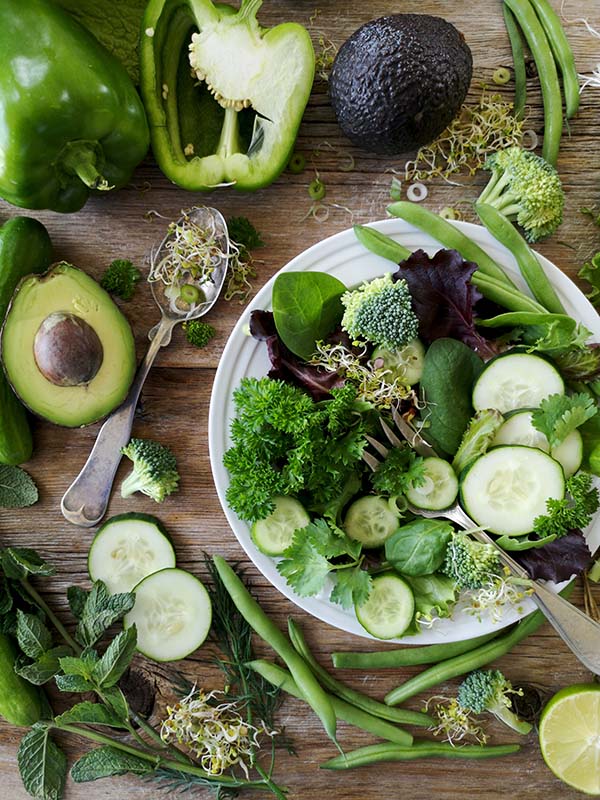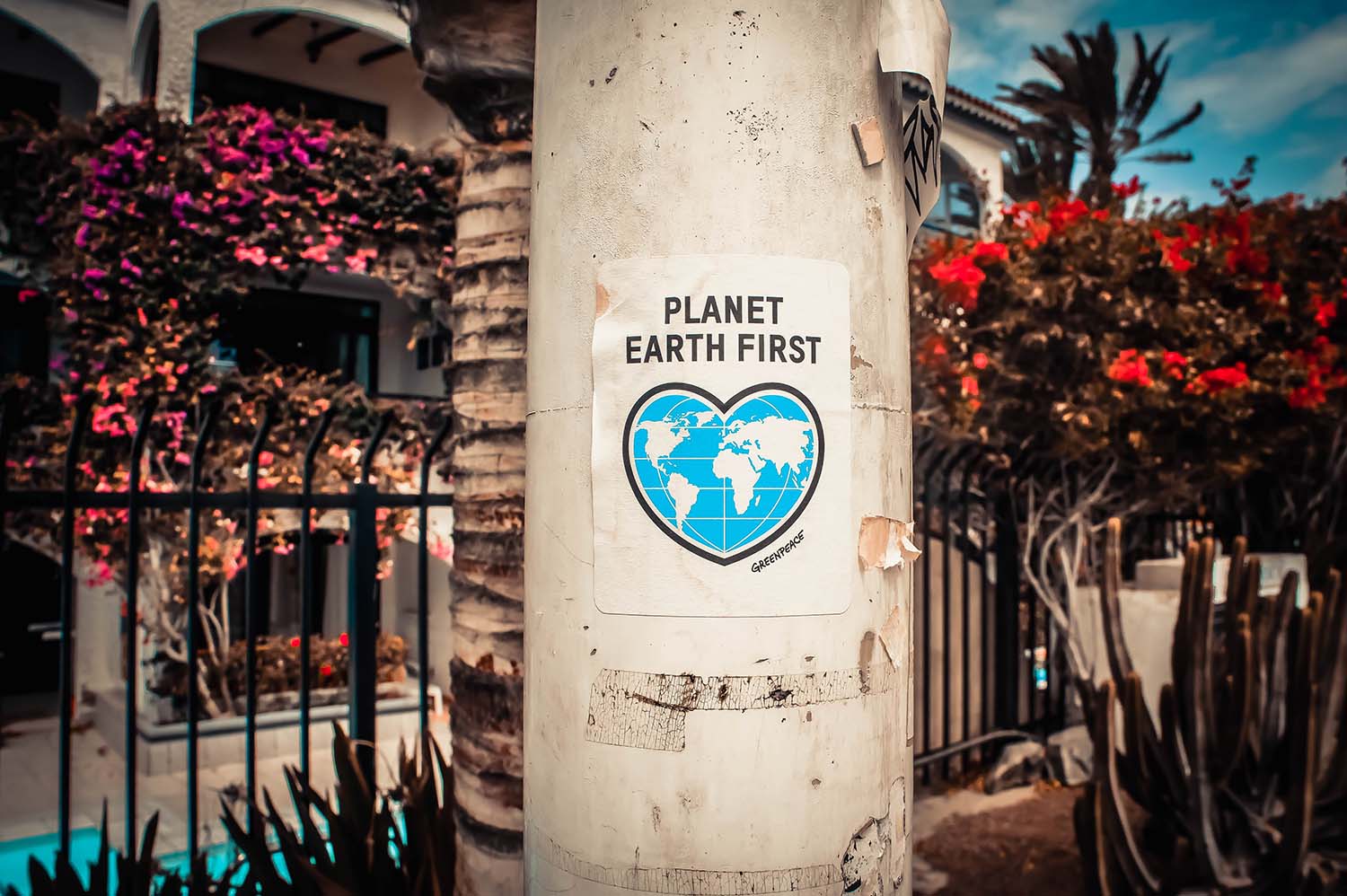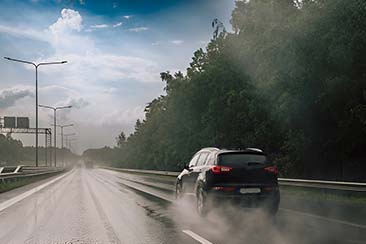Nowadays, the vast majority of us are looking for ways to reduce our impact on the Earth. Years of scientific research have shown us that, as a species, we’re slowly but surely destroying the very planet we live on. This, of course, is counterintuitive. We rely on the world for a home and there is no Planet B. So, we all need to start taking steps towards living a more environmentally friendly and sustainable lifestyle.

Photo, Maria Ilves.
Now, there are countless ways that we can achieve this. We can petition against major corporations who are creating the majority of damage on the Earth. We can opt to walk, cycle or use public transport rather than driving individual vehicles. We can recycle. We can reuse items. But one area that people fail to pay attention to is our diet. The food that we choose to eat can have a major impact on the planet as a whole. So, here are a few different ways you can make your diet a little more green.
Avoid Plastic Packaging: Plastic packaging is a given for many products. If you head into any food store, chances are that the vast majority of food items within the store will be wrapped or packed in plastic. This has been taken as standard for many years. But it needs to change. Many of the foods that we wrap in plastic really don’t need to be packaged in this way and would last just as long and well in alternative, more eco-friendly, biodegradable and green packaging options. Perhaps the worst culprit is pieces of fruit or fresh vegetables being packed in plastic, when they have natural protection of their own in the form of their skins. You should also opt for tinned goods over plastic packaged goods where possible.
Buy Local Produce: Much of our food is shipped across the world, which creates a whole lot of pollution. Even UK sourced goods can travel miles by truck to get from one end of the country to another. Wherever possible, buy local produce. This means you know your food has only travelled a minimal distance in order to get to you. Sure, you may not have as wide a selection or variety, as you’ll be eating seasonal foods from your local area. Your choice will depend on climate, local soil and other factors that will determine what can be grown near you and when. But all in all, it’s fine and you don’t necessarily need anything that you can’t get from nearby.

Photo, Annie Spratt.
Cut Out Animal Products: The vast majority of us eat meat, eggs and dairy. But it’s a really good idea to cut out animal produce from your diet. Veganism is on the rise for various reasons. Some people are vegan to stop cruelty to animals. Some people do it to lead healthier diets (red meat, in particular, is linked with some pretty nasty diseases). Some simply don’t enjoy animal products. Some have allergies. But it’s also important to remember that going vegetarian or vegan really helps the planet out.

Photo, Nadine Primeau.
Factory farming and other forms of meat production causes a huge percentage of the world’s pollution; more than transport. So, why not start cutting animal products out of your diet? You could start simple with Meat Free Mondays and work your way to eliminating more and more from your diet. Even if you get to a stage and don’t want to progress further—for example, cutting out red meat, cutting out seafood, becoming vegetarian, being vegetarian and also cutting out eggs or cheese—this is a great step in the right direction and will make a huge difference. It doesn’t have to be all or nothing.
Prepare Meals to Go: So many of us find ourselves buying convenience food throughout the day that is wrapped in excess packaging. But you could prepare meals to go instead and cut this extra waste out of your lifestyle. Pack lunches for work. Prepare snacks in tupperware. Consider preparing smoothies in a reusable bottle in the morning or carrying a range of meal replacement shakes if this better suits you. Carry a reusable water bottle everywhere so you don’t have to pick up a disposable bottle when you’re thirsty. Small changes make all the difference.
Choose Organic: Many foods are grown with the use of pesticides and other chemicals. These can drain from the foods, be carried in the rain and enter natural water systems and waterways. This, of course, is bad for wildlife and the planet as a whole. So, where possible, choose organic alternatives. Organic foods are grown without the use of pesticides and other chemicals and are an altogether more natural way of getting the food that we need to survive.

Photo, Photo Boards.
Opt for Sustainable Alternatives: Some foods are not sustainable. Palm oil is perhaps the most advertised culprit for this. Forests and habitats across the world are being destroyed in order to obtain palm oil and this is placing many species in danger. So, where possible, opt for sustainable alternatives. Brands that use sustainable alternatives will advertise this as a selling point. So, always check the packaging and make sure you’re only buying foods that have a sustainable ingredients list.
These are just a few different suggestions that will help you to follow a more green and sustainable diet. Plus, some of these steps will have the extra added benefit of improving your individual health too. Hopefully, you’ll be able to work a few into your usual routine and they’ll quickly become a habit. Remember, if you want to make further change, there are various other ways you can help the planet. Support charities like Greenpeace and the WWF. Cut your own carbon footprint. Think every single life decision out and see if there’s anything you can do better. But for now, your diet could be a good place to start.








